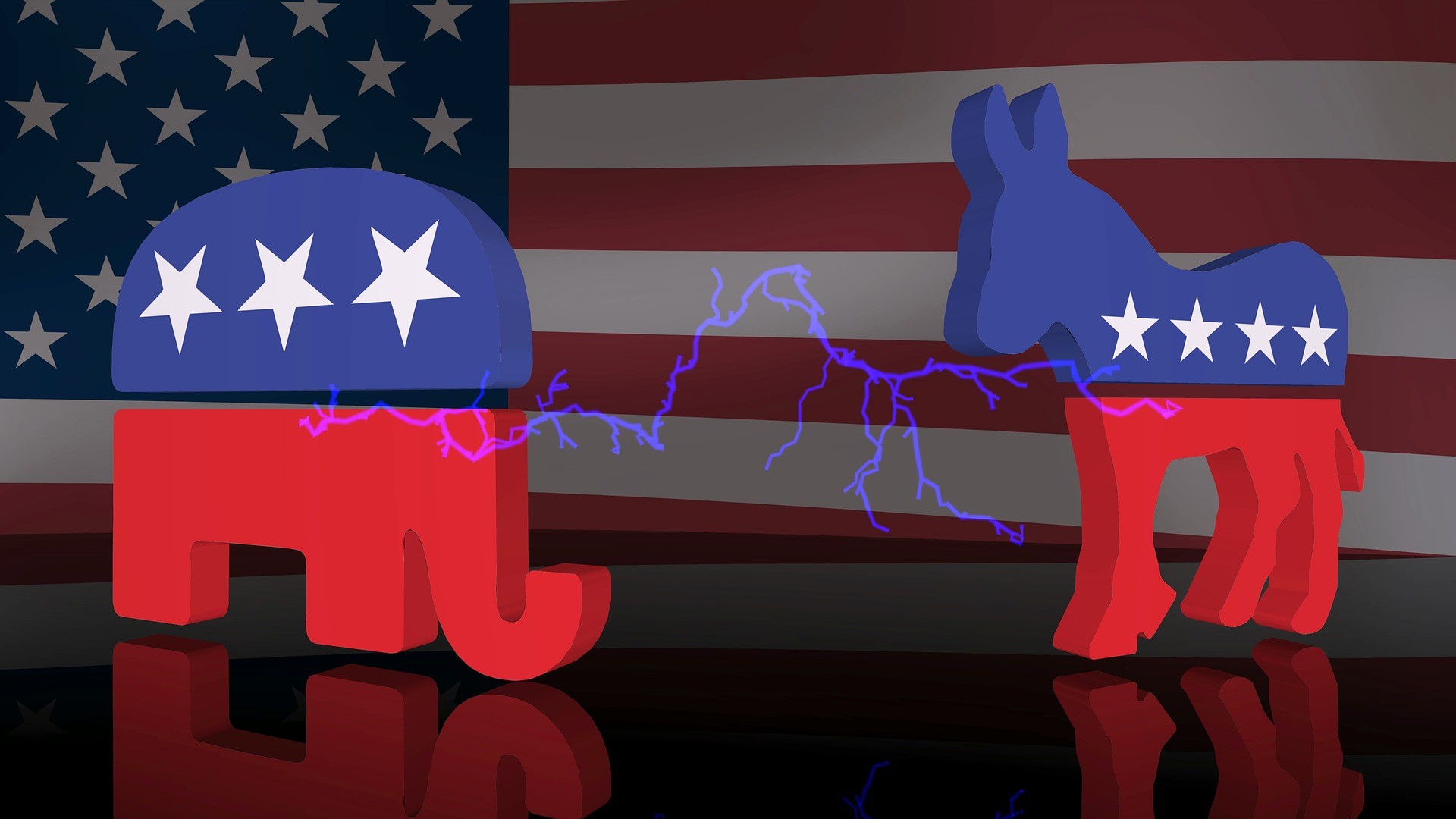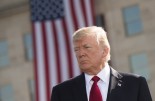SSGA: Investment implications of 2024 US Presidential Election

Higher political volatility alone would not be so problematic for markets if the macroeconomic and geopolitical environments were more stable and robust.
The 2024 elected administration will likely inherit a world with major regional military battles, ongoing trade conflicts, national security concerns, and technology disruptions. Increased political polarization can drastically affect policy outcomes, resulting in frequent changes of power as well as large policy swings. This is the main reason financial markets are even more attuned to US elections now than in prior decades — US elections genuinely have more macroeconomic and market impact.
In this regard, foreign policy will be more relevant to markets than usual, given the implications for the credibility of the US alliance system. Mr. Trump’s return to the White House would imply higher fiscal and security costs for European and other allies. In addition, the US fiscal trajectory itself is also on the ballot, though that is a function of the distribution of power across Congress and the presidency. Most of the widening of the fiscal deficit since 2017 has occurred during periods of one-party control in Washington or during the critical phase of the pandemic.
Since then, the current political makeup has engaged in repeated budgetary battles and will likely settle on a modest path of fiscal consolidation. But fiscal expansion could be back on the table depending on the post-election makeup of the executive and legislative branches.
Lastly, recent administrations have leveraged executive power and rulemaking to a much greater extent, either to bypass the legislative process or to support major policy platforms. While these executive orders may be subject to vigorous political and legal challenges, they could also have an outsized impact on the nature and quality of policymaking across the government. This could also apply to the governance of the Federal Reserve and thus to the heart of US economic policymaking.
Surprises to Watch for in this Election Year
- A sensational upset in the early Republican primaries, especially in New Hampshire
- The emergence of a final slate of third-party candidates eligible on ballots
- Any exogenous shocks to the presidential candidates, either due to medical (both are the oldest candidates on record), reputational, or legal issues
- Choice of running mate, early endorsements, party unity/divisiveness
- Geopolitical or macroeconomic shocks that sway voter sentiment
- Political and macroeconomic data in the six key swing states: Arizona, Georgia, Michigan, Nevada, Pennsylvania, and Wisconsin
Investment Implications
The most immediate impact of the election year will likely be on the budgeting process between the Republican House and the Democratic President, which means a slightly tighter fiscal policy will prevail over the course of 2024. We expect the Fed to start cutting rates in the spring, driven foremost by disinflation but helped by election dynamics, which implies a slightly weaker US dollar compared to last year.
For US equities, presidential election years deliver an average annual price return of 6.8%, below the post-1948 average return of 8.8%. This is a plausible outcome for 2024 in light of the late 2023 market rally having already brought many of the gains forward and the slightly weaker economic growth expected this year.
The bottom line is that this election season is likely to be a nail-biter, and markets could be in for a bumpy ride, both ahead of the election day as well as thereafter.









